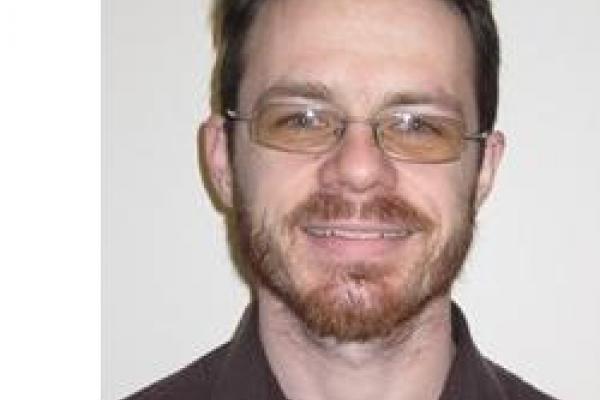
The nature of dark matter is one of the greatest mysteries in physics today, spanning astrophysics, cosmology, and particle physics. While astrophysicists search for signs of dark matter annihilation in our galactic neighborhood, and collider physicists look for indications of dark matter production in the LHC, direct detection experiments are making great strides looking for dark matter interactions in detectors deep underground. This progress comes in part from ever-larger detectors, but with the increased exposure comes an increasingly stringent limit on allowed backgrounds from natural radioactivity. The bubble chambers operated by the PICO (formerly COUPP) collaboration are an incredibly powerful tool to wipe out the beta-decay and gamma-interaction backgrounds that plague other direct detection experiments, and have repeatedly set world-leading limits on the spin-dependent WIMP-proton cross section. I will present results from the latest PICO physics run at SNOLAB, and will describe a new aspect of this technology that may produce world-leading discrimination against all radioactivity-induced backgrounds, leading to increased sensitivity and, with luck, a dark matter discovery.
